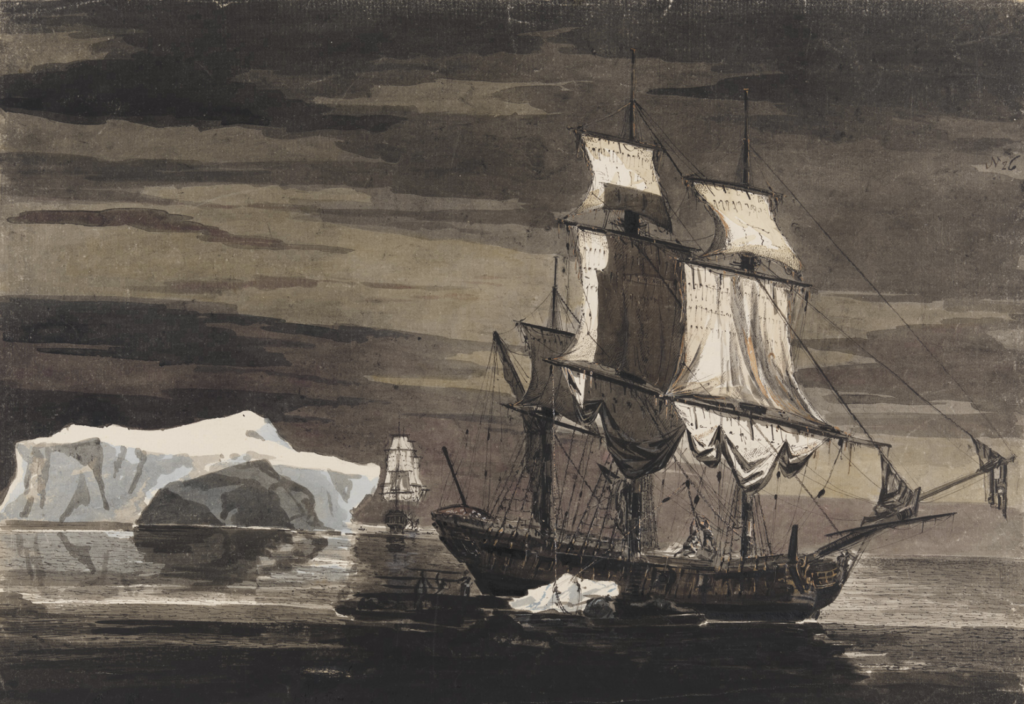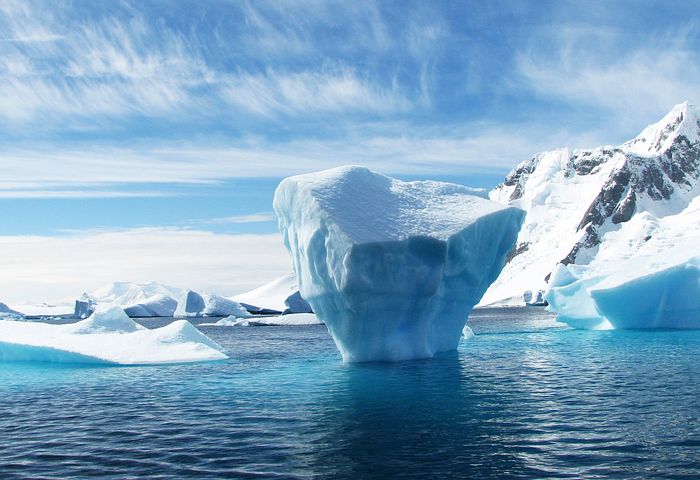
Captain Cook’s ships Resolution and Adventure became the first ships to circumnavigate Antarctica. They usually carried a supply of fresh water in casks but, unfortunately, this water had become tainted and no-one would drink it.
Obtaining fresh water from salt water distillation was introduced to the British Navy by Dr. Charles Irving in 1770. Using a kettle and metal piping it was in use on Cook’s ships but despite having a distiller on board they decided to collect pieces of loose ice, in order to melt it to take the place of the tainted water in the casks.
It was a painful process because the men had to plunge their arms into the water to get their hands under the ice and lift the pieces into the boat.
Their arms became frozen but they would spell each other. It helped that they were given a dram of alcohol when they went out and when they returned.
By the 12th of January, 1773 they had gathered enough to fill all the empty casks ‘with the best water …they had tasted since they left England’. It was much preferred over the distilled water, which was used only for the animals on board.
Antarctica must have just about the purest and least polluted water on Earth. Even today, if you go on an Antarctic cruise, you can sip a whisky in the evening with Antarctic glacier ice cubes in it.
Perhaps that doesn’t seem unusual but it isn’t often that you get ice cubes in your drink that may be 10,000 years old!! As the ice melts the water fizzes as the air bubbles in the ice are released and that air could be the same air that saw the rise of early human civilisation, the fall of Rome or the birth of the Buddha or Christ.


